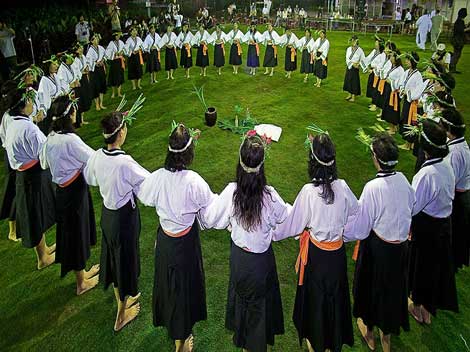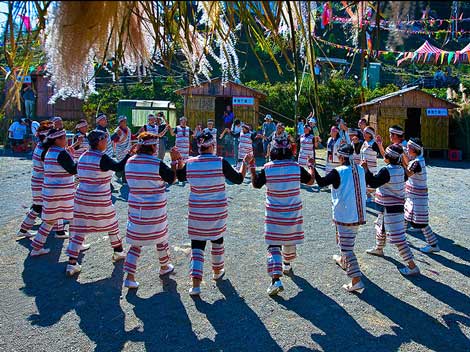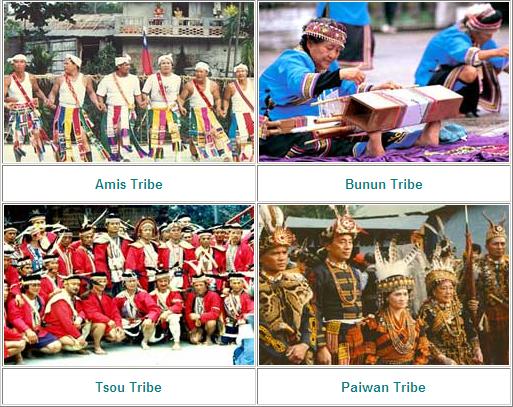

Taiwan's indigenous peoples were living on Taiwan well before the mass immigration of Han Chinese from southern China began in the 17th century. The classification of Taiwan's indigenous tribes has changed over time. For example, during the Qing dynasty, tribes were divided into groups based on how much they had been assimilated into Han Chinese society. In addition, the territories of the indigenous tribes were delineated and their movements were restricted. However, the territories of the tribes that were considered to be the most “savage” were designated as outside the jurisdiction of the Qing government. In 1895, Japan began its 50-year occupation of Taiwan. The Japanese government sent scholars to Taiwan to survey the languages, customs and cultural characteristics of the indigenous tribes. These scholars determined that there were 10 Pingpu (Plains dwelling) tribes and 7, 9 or 10 tribes living at higher elevations, and named each of the tribes. Whether these classification and naming systems are appropriate is still being disputed. In 1945, following the arrival of the Republic of China government, based on the Japanese occupation era classification, 9 mountain-dwelling tribes were recognized. On household or census registers, indigenous peoples were identified as “mountain compatriots”, and were given Chinese names which they were forced to use on all official documents. In the 1980s, there was a social movement initiated by the indigenous peoples to fight for better rights. One of their demands was to eliminate the discriminatory wording of “mountain compatriot”. After a number of protests, the constitution was amended to change the term from “mountain compatriot” to “indigenous person” in 1994. In 1995, a statute was passed allowing indigenous peoples to use their traditional indigenous names on their official documents, and they were no longer required to use their Chinese names. This was the symbolic beginning for Taiwan's indigenous peoples in obtaining their rights and dignity.

There are currently 13 officially recognized tribes in Taiwan: Amis, Atayal, Saisiyat, Bunun, Tsou, Paiwan, Rukai, Puyuma, Yami (Tao), Thao, Kavalan, Truku (Taroko) and Sakizaya, with a total population of approximately 474,000 (as of December 2006). In addition, the Pingpu tribes that were identified include the Ketagalan, Taokas, Pazeh, Papora, Babuza, Hoanya, Siraya and Quaquat, etc. Over time, most of these Pingpu tribes were gradually assimilated into Han Chinese society because they lived in close proximity to Han Chinese settlements and lost their traditional languages and culture. However, in recent years, members of the various tribes have stepped forward to carry out a cultural revival and to sustain traditional cultural elements such as language, ceremonies and identity.

According to research in the fields of anthropology, philology and archaeology, Taiwan’s indigenous tribes belong to the Austronesian language family. This language family has a very large distribution, covering the Pacific and Indian oceans, with Easter Island as the easternmost point of its distribution, Madagascar as the westernmost point, New Zealand as the southernmost point and Taiwan as the northernmost point. Austronesian peoples can be found in a number of countries including the Philippines, Indonesia and Malaysia, etc. and number more than 205 million. There is still no consensus among academics as to when and from where the ancestors of Taiwan’s indigenous peoples arrived on Taiwan. Some scholars believe that they came from southern China and moved in a southwesterly direction to Taiwan, while others believe that they came by ocean. Still others have proposed that they followed the current northward from the Philippines, while some linguists have hypothesized that Taiwan is the place of origin of the Austronesians.





